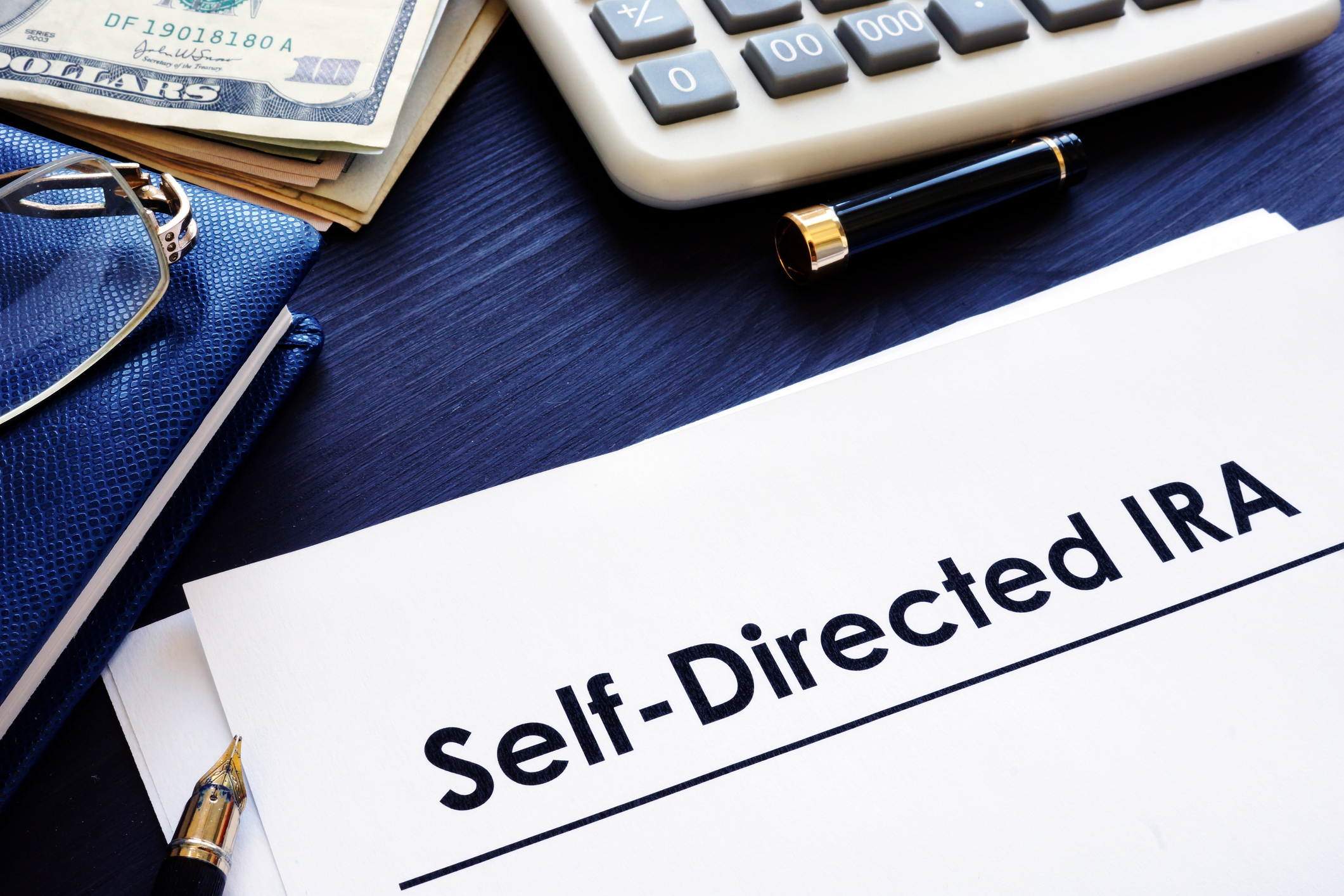A self-directed individual retirement account (IRA) is a type of retirement savings account that allows individuals to choose and manage their own investments, rather than relying on a financial advisor or a pre-selected list of investment options. A self-directed IRA is a type of IRA that is allowed to hold a wide range of investment assets, including stocks, bonds, mutual funds, real estate, precious metals, and more.
Self-directed IRAs are available in both traditional and Roth IRA forms, and they offer many of the same tax benefits as other types of IRAs. Traditional self-directed IRAs offer tax-deferred growth on investments, while Roth self-directed IRAs offer tax-free growth on investments.
To open a self-directed IRA, an individual will need to choose a financial institution or custodian to hold the account, and they will need to make sure that the account is set up and funded in accordance with IRS rules and regulations. The individual will then have the ability to choose and manage their own investments within the account, subject to the rules and restrictions that apply to IRAs.
Self-directed IRAs can be a good option for individuals who want to have more control over their retirement investments and who are willing to take on the responsibility of managing their own investments. However, it is important for individuals to carefully consider the risks and limitations of self-directed IRAs before deciding whether this type of account is right for them.
What are the benefits of a self-directed IRA?
A self-directed individual retirement account (IRA) allows you to invest in a wider range of assets beyond traditional stocks, bonds, and mutual funds. Some potential benefits of a self-directed IRA include:
- Diversification: A self-directed IRA can allow you to diversify your investment portfolio by including alternative assets such as real estate, private business, and precious metals.
- Potential for higher returns: By investing in a wider range of assets, you may be able to achieve higher returns on your investment over the long term.
- Control: With a self-directed IRA, you have more control over your investment decisions and can choose the assets you want to invest in.
- Tax advantages: Traditional IRAs offer tax-deferred growth, while Roth IRAs offer tax-free growth.
However, it is important to note that a self-directed IRA carries its own set of risks and may not be suitable for all investors. It is important to carefully consider these risks, as well as your financial goals, risk tolerance, and investment horizon before investing in a self-directed IRA.
What are the risks of a self-directed IRA?
A self-directed individual retirement account (IRA) allows you to invest in a wider range of assets beyond traditional stocks, bonds, and mutual funds. Some potential risks of a self-directed IRA include:
- Greater complexity: Investing in a wider range of assets can be more complex than investing in traditional investments, and you may need to do more research and analysis to understand the risks and potential returns of these investments.
- Increased risk: Alternative assets such as real estate, private business, and precious metals may carry higher levels of risk compared to traditional investments. This can lead to greater volatility in the value of your IRA and potentially larger losses.
- Unforeseen events: Investing in alternative assets can be subject to a variety of unpredictable events, such as natural disasters, economic downturns, or changes in the regulatory environment.
- Lack of liquidity: Some alternative assets may be less liquid than traditional investments, making it harder to sell them if you need to access your funds.
How do I open a self-directed IRA?
To open a self-directed IRA, you will need to follow these steps:
- Choose a self-directed IRA custodian: A custodian is a financial institution that holds and manages your IRA assets. You will need to choose a custodian that allows you to invest in the types of assets you are interested in.
- Determine which type of self-directed IRA is right for you: There are two main types of self-directed IRAs: traditional IRAs and Roth IRAs. Traditional IRAs offer tax-deferred growth, while Roth IRAs offer tax-free growth.
- Gather the necessary documentation: You’ll need to provide personal and financial information, such as your name, address, Social Security number, and employment information, as well as information about your financial institution and the assets you plan to invest in.
- Complete and submit the appropriate paperwork: You’ll need to fill out and sign the necessary forms to open your self-directed IRA. These forms may include an application, a beneficiary designation form, and a self-directed IRA agreement.
- Fund your self-directed IRA: Once your account is set up, you will need to fund it by making a contribution or transferring assets from an existing IRA.
It is important to carefully consider the fees and restrictions associated with self-directed IRAs before opening one. It may also be helpful to seek the guidance of a financial professional or to do your own research and analysis before deciding.






